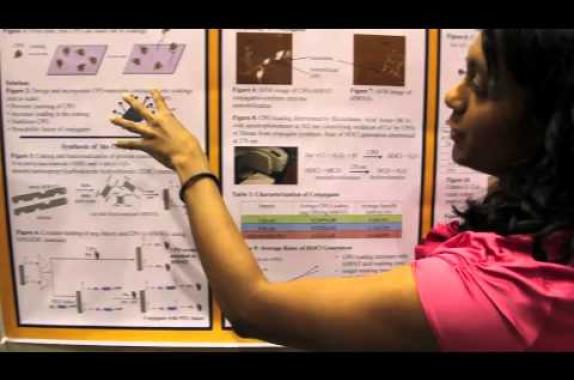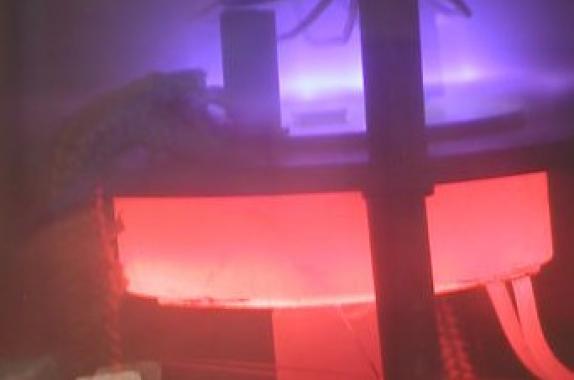New Interim Editor of AIChE’s Biotech & Translational Medicine Journal
Stepping into the role as interim editor-in-chief is Elizabeth Nance, Jagjeet and Janice Bindra Endowed Career Development Associate Professor of Chemical Engineering and Chemical Engineering Associate Chair for Undergraduate Studies at the University of Washington.











































































